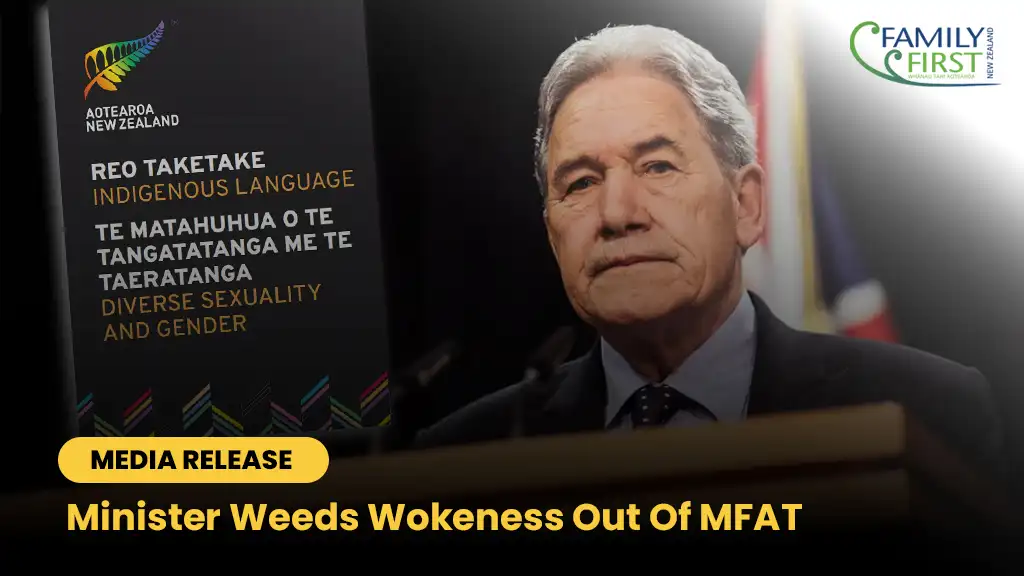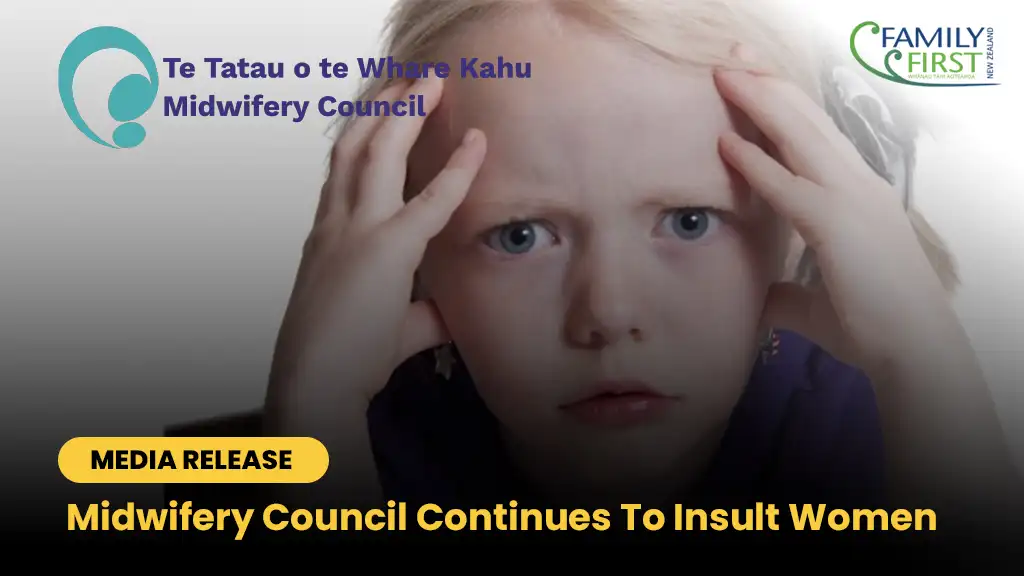 Media Release 29 November 2016
Media Release 29 November 2016
“Children being raised by their married biological parents are by far the safest from violence”- FAMILY FIRST
A new report on child abuse and its causes argues that the ‘elephant in the room’ is family structure, and that the growth of child abuse has accompanied a reduction in marriage and an increase in cohabiting and single-parent families.
The report follows on from an earlier report (released in May 2016) on child poverty and its link to family structure. This latest report by welfare commentator and researcher Lindsay Mitchell is entitled “CHILD ABUSE & FAMILY STRUCTURE: What is the evidence telling us?” and examines child abuse rates and changes in family structure from the early 1960s through to current day.
Key conclusions include:
- For the last fifty years, families that feature ex-nuptial births, have one or both parents absent, large numbers of siblings (especially from clustered or multiple births) and/or very young mothers have been consistently over-represented in the incidence of child abuse – similar to overseas data.
- Maori and Pacific families exhibit more of these features and have appeared disproportionately in child maltreatment statistics since earliest data analysis in 1967.
- The risk of abuse for children whose parent / caregiver had spent more than 80% of the last five years on a benefit was 38 times greater than for those with no benefit history. Most children included in a benefit appear with a single parent or caregiver.
- Contrary to the common narrative that men are perpetrators and women and children are victims, both sexes are responsible for physically abusing children. Males are responsible for around 60% of physical abuse findings and are more likely to sexually abuse children; females are more likely to neglect them. Females are also more likely to inflict multiple types of abuse against children.
- The high rates of single, step or blended families among Maori present a much more compelling reason for disproportionate child abuse incidence than either colonisation or unemployment, but like non-Maori, Maori children with two-parent working families have very low abuse rates.
- Asian children have disproportionately low rates of child abuse. The Asian population has the lowest proportion of single-parent families.
- The presence of biological fathers matters. Generally, it protects children from child abuse. Marriage presents the greatest likelihood that the father will remain part of an intact family.
- Compared to married parents, cohabiting parents are 4-5 times more likely to separate by the time their child is aged 5. Overseas data also shows a greater likelihood of child abuse in cohabiting families.
The research paper, commissioned by Family First NZ, draws the conclusion that a reluctance remains (compared to other overseas jurisdictions) to identify which families are disproportionately associated with child abuse and deaths.
“There are certain family structures in which children will be far more vulnerable. Suspension of fact is an abrogation of our collective responsibility to children. In the same way discussions about child poverty ignore the elephant in the room – family structure – so do analyses of the incidence of child abuse.,” says Lindsay Mitchell.
Family First NZ is welcoming the report and calling on politicians and policymakers to develop policies which support marriage – including free counselling, income-splitting, removal of the marriage tax penalty, tax incentives for stable marriages – and promoting the strong formation of families and preventing the breakdown of families.
“Children being raised by their married biological parents are by far the safest from violence – and so too are the adults,” says Bob McCoskrie, National Director of Family First NZ.
“Whenever marriage is promoted, it has often been labeled as an attack on solo or divorced parents, and that has kept us from recognising the qualitative benefits of marriage which have been discovered from decades of research. In virtually every category that social science has measured, children and adults do better when parents get married and stay married – provided there is no presence of high conflict or violence. This is not a criticism of solo parents. It simply acknowledges the benefits of the institution of marriage.”
“Governments should focus on, and encourage and support what works. Our children deserve this investment in their safety and protection.”




